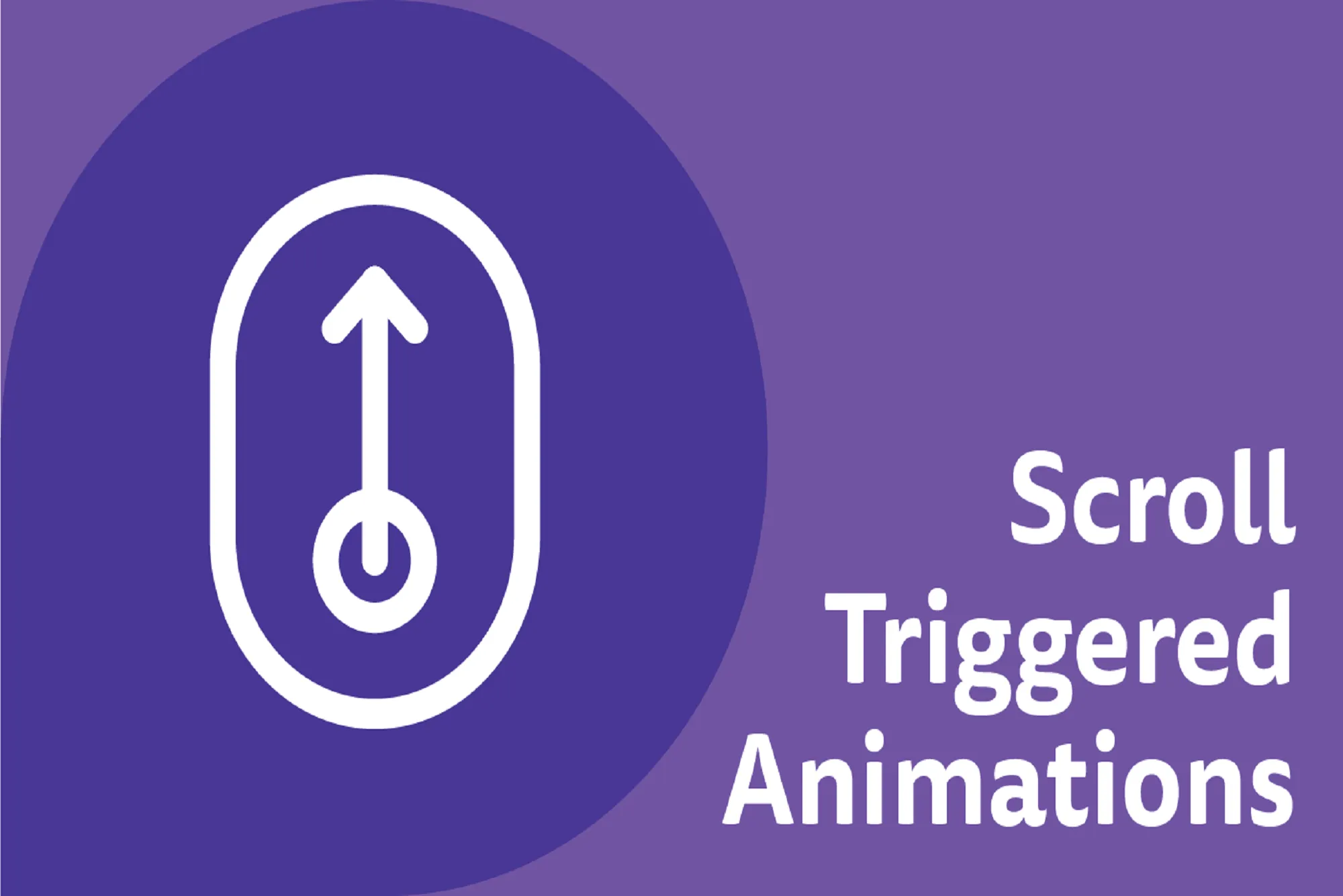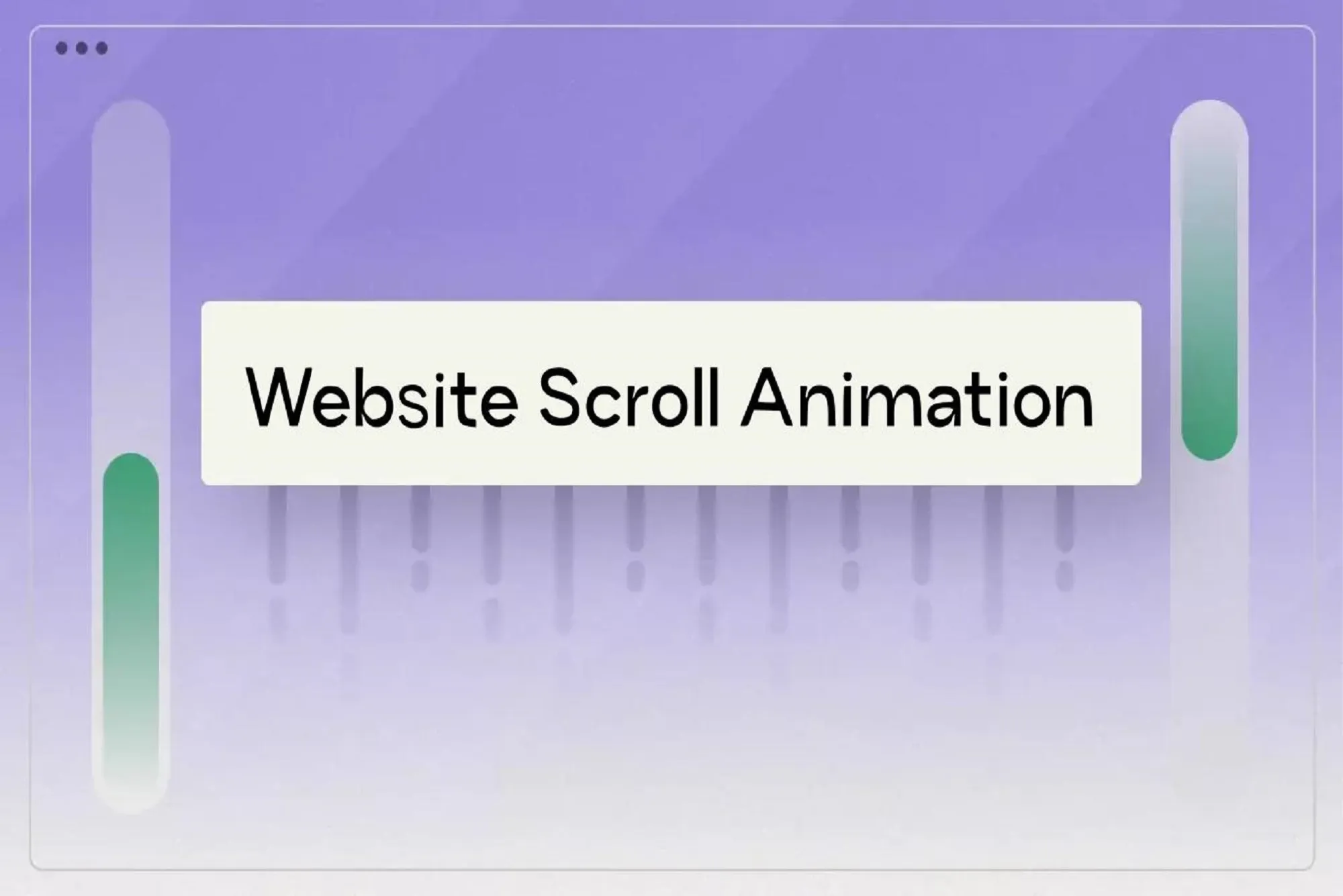Scroll-triggered animations can make websites feel dynamic and engaging. When done well, they add a touch of interactivity and professionalism that can captivate visitors. However, adding animations to a site without impacting load speed can be tricky, as animations can sometimes slow down a website’s performance. So, how can you achieve smooth, responsive scroll animations without compromising speed?
At O2, a leading web design company in Abu Dhabi, we’re often asked how to create engaging animations that don’t weigh down a website. In this guide, we’ll share practical tips to help you implement scroll-triggered animations effectively while keeping your site fast and responsive.
Why Load Speed Matters for Scroll Animations
Load speed plays a crucial role in a website’s success. Studies show that users are more likely to leave a website if it takes longer than three seconds to load, and search engines like Google also use speed as a ranking factor. This is especially relevant when implementing scroll-triggered animations, which can impact performance if not handled carefully.
As a leading web design company in Abu Dhabi, we know that speed and performance are top priorities for any successful website. Ensuring that scroll-triggered animations don’t slow down the site is essential for creating a seamless user experience.
1. Use Lightweight JavaScript Libraries
One of the first steps we recommend is choosing a lightweight JavaScript library for your scroll animations. Some popular and efficient options include:
- AOS (Animate on Scroll): AOS is an open-source library that allows you to animate elements as they scroll into view. It’s lightweight and only activates animations as the user scrolls, helping to minimize the impact on load speed.
- ScrollReveal: Another useful library, ScrollReveal, focuses on scroll-triggered animations. It’s customizable and optimized for performance, making it a great choice for smooth animations without heavy load times.
- GSAP (GreenSock Animation Platform): GSAP is a bit heavier but offers more complex animation capabilities. If you need advanced animations, GSAP is highly efficient and allows you to load only what’s necessary.
The key here is to choose a library that meets your animation needs without adding excessive weight to your site. Also, consider using a Content Delivery Network (CDN) to deliver the library quickly to users.
2. Implement Lazy Loading for Off-Screen Elements
Lazy loading is a technique that loads content only when it’s needed, rather than loading everything at once when the page opens. This is especially useful for scroll-triggered animations, as you only load elements as they come into view.
Here’s how we suggest implementing lazy loading:
- Use the Intersection Observer API: This native JavaScript API lets you detect when elements enter the viewport. By combining it with your scroll animations, you can trigger animations only when they’re needed, reducing unnecessary load.
- Add Custom Data Attributes: Another effective method is to add custom data attributes (like data-animate-on-scroll) to elements you want to animate. This helps control exactly when each animation should load, ensuring animations only activate when required.
Using lazy loading keeps the initial load time down and ensures that animations only load when they’re actually in view, enhancing performance.
3. Optimize Animation Performance with CSS
Whenever possible, we recommend using CSS for animations instead of JavaScript. CSS animations are hardware-accelerated, meaning they use the device’s GPU, which leads to smoother performance and less CPU strain. Here are some CSS tips we use to keep animations smooth and fast:
- Stick to transform and opacity: For scroll-triggered animations, use properties like transform (for movements) and opacity (for fade-ins), as these are less taxing on the browser and perform better than layout properties.
- Avoid Animating Layout Properties: Avoid animating properties that change the layout, like width, height, top, or left. These require the browser to recalculate the layout, which can slow down performance.
- Use will-change Sparingly: Adding the will-change property to elements you plan to animate can improve performance by prepping the browser for upcoming changes. However, using will-change too much can slow down your page, so apply it only to key elements.
By using efficient CSS animations, you’ll create smoother scroll animations and reduce the impact on load speed.
4. Minimize Heavy Assets
Animations that rely on large images, videos, or other heavy assets can easily slow down your page. Instead, we recommend using lightweight assets like vector graphics or SVG animations, which are generally smaller than image files. If you must use images, compress them to reduce file size.
Another tip is to use CSS gradients, shadows, and shapes instead of images for simple design elements. These CSS features render faster than image files and are often more flexible for responsive designs.
5. Optimize for Mobile
Mobile users often have slower internet connections, so it’s essential to optimize your animations for mobile devices. Here’s how we approach mobile optimization:
- Use Media Queries: Not all animations will look good on mobile, and some may impact performance. Use CSS media queries to adjust animation settings for mobile devices, or even disable animations on small screens to improve load speed.
- Test on Real Devices: Testing on real mobile devices, rather than relying on emulators, can give you a better sense of how animations perform in real-world conditions.
- Reduce Animation Intensity: On mobile, simpler animations or slower timings are usually more effective. For instance, a fade-in animation might perform better than a slide-in effect, as it’s less resource-intensive.
6. Continuously Monitor and Refine
At O2, we believe that monitoring performance over time is essential. Using tools like Google PageSpeed Insights or Lighthouse can help you assess how animations impact your load speed. These tools provide detailed insights and highlight areas for improvement.
If you’re part of a team or working on behalf of a client, this ongoing monitoring ensures you’re providing a smooth, high-quality experience for all users. Tracking performance also helps identify any areas where animations might be impacting speed and allows you to make adjustments as needed.
Conclusion
Scroll-triggered animations are a great way to enhance the visual appeal and interactivity of a website, but they need to be implemented carefully to avoid affecting load speed. By using lightweight JavaScript libraries, implementing lazy loading, optimizing animations with CSS, minimizing heavy assets, and testing on mobile, you can create beautiful, engaging animations that don’t compromise speed.
As a leading web design company in Abu Dhabi, O2 believes that finding the right balance between interactivity and performance is key to delivering a seamless user experience. When handled thoughtfully, scroll animations can enrich your website, helping you leave a memorable impression without sacrificing speed. We hope this guide helps you achieve that balance, no matter the scope of your web design project.











